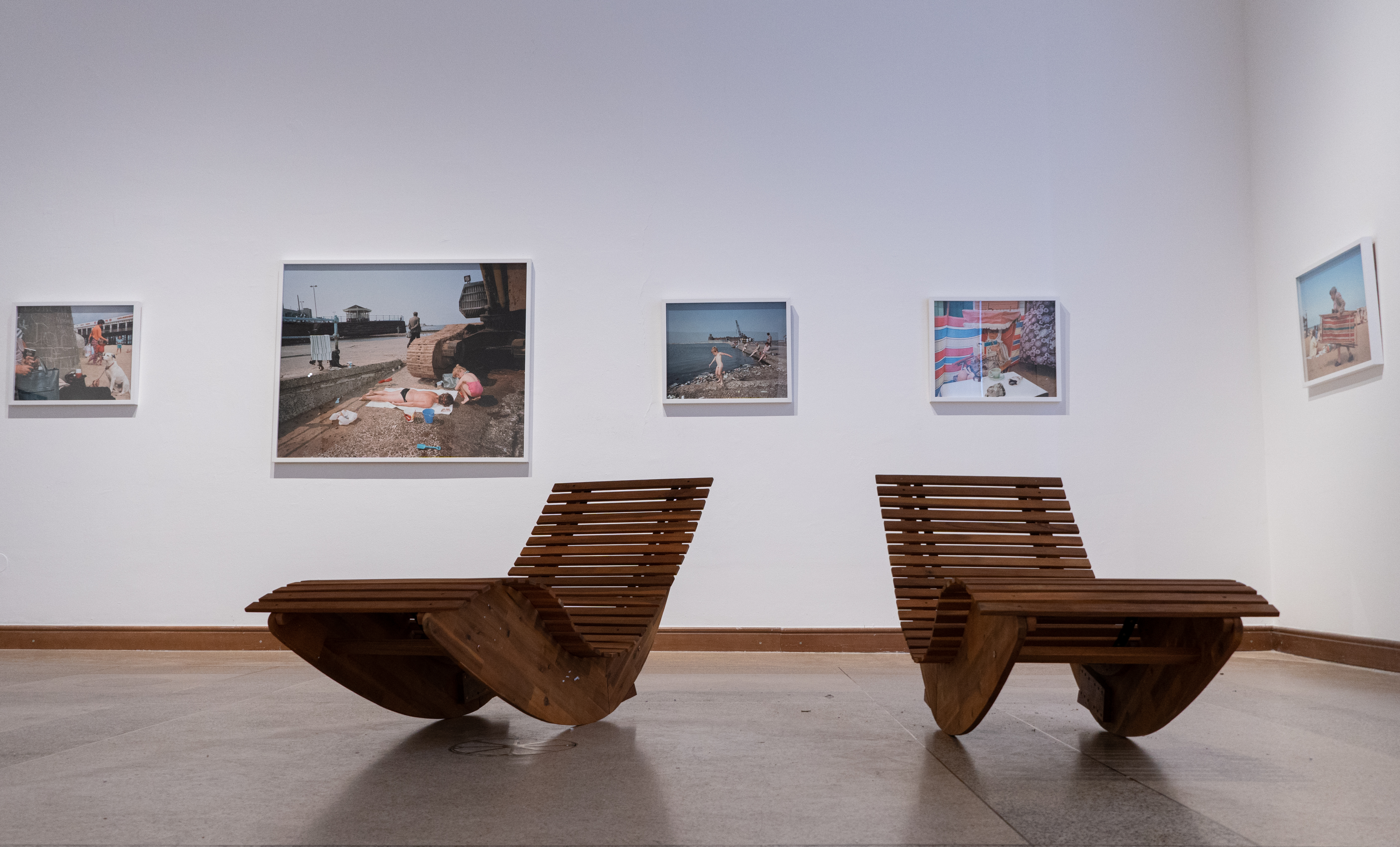By now, 50 years into a career that has taken him around the world, and given rise to more than 100 books and even more exhibitions, Martin Parr can almost pick any subject and fill a gallery with it. With albums solely dedicated to food, flowers, even random parking spaces, almost nothing has passed Parr’s observant lens since he graduated in Photography at Manchester Polytechnic in the early 1970s.
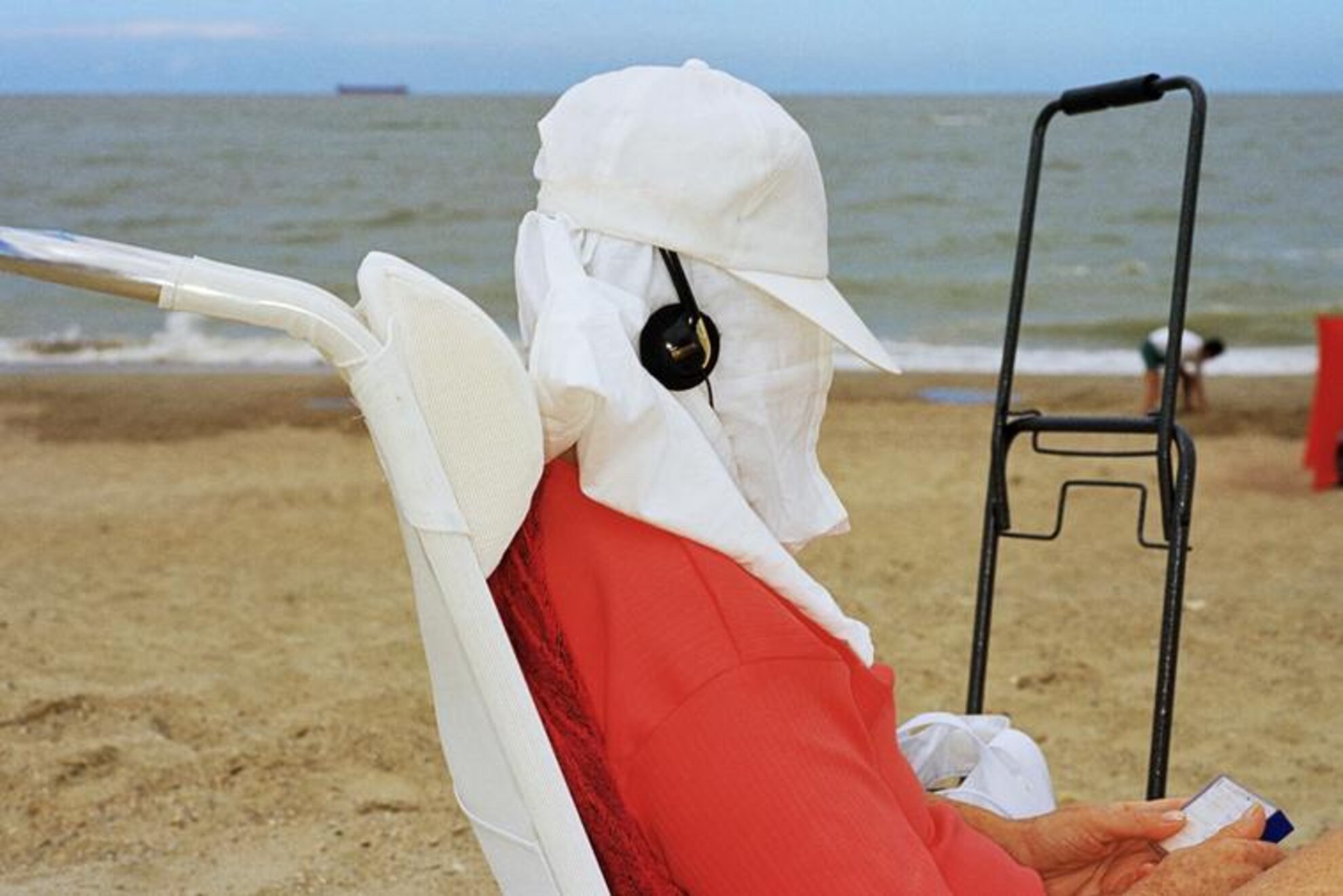
But it’s the seaside with which Martin Parr is best associated, particularly the English coast, its weather depressingly wet or unbearably hot for locals, its architecture authentically retro, its food outlets akin to a works canteen.
And it’s the seaside, naturally, that has been chosen as the subject matter for Parr’s first major exhibition in Hungary. Image-conscious, Anglophile, landlocked Hungary. “Maybe that’s just it!” remarks Parr light-heartedly, when asked why he thinks the Műcsarnok has opted for a mainly maritime theme for the show spearheading this year’s Budapest Photo Festival.
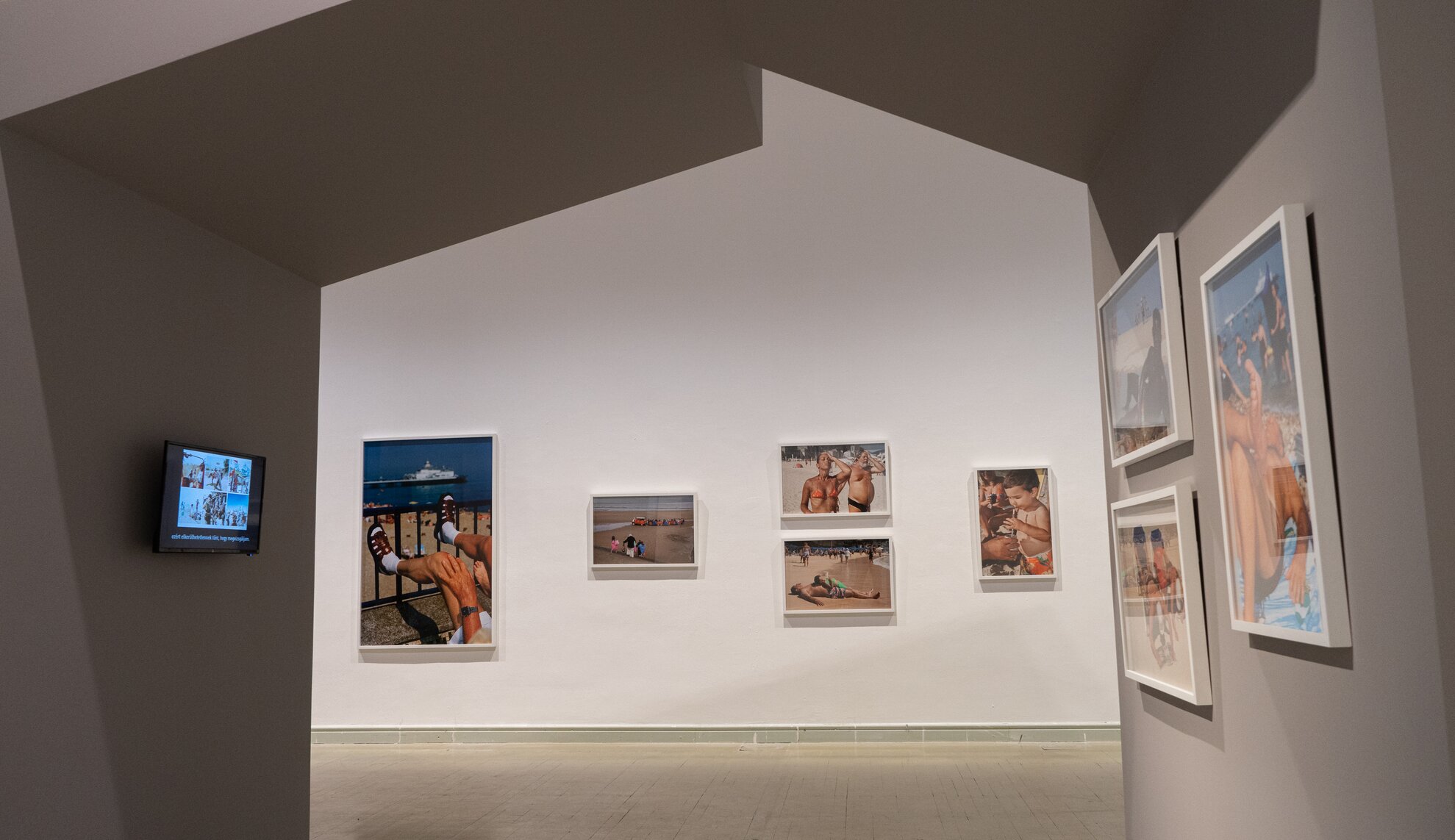
Due to open on Saturday, 26 March, Life’s a Beach runs until 26 June, nearly two full months beyond the BPF itself.
While curator Zsuzsanna Tulipán has been careful to include scenes of Lake Como, Bali and Rio among the comprehensive selection lining two exhibition rooms, images of chips, cagoules and socks-with-sandals combos will invariably have visitors streaming into the Műcsarnok.
“I started out in black and white then I switched to colour from the mid-1980s,” says Parr, speaking from his home in Bristol, where he also runs his own foundation.
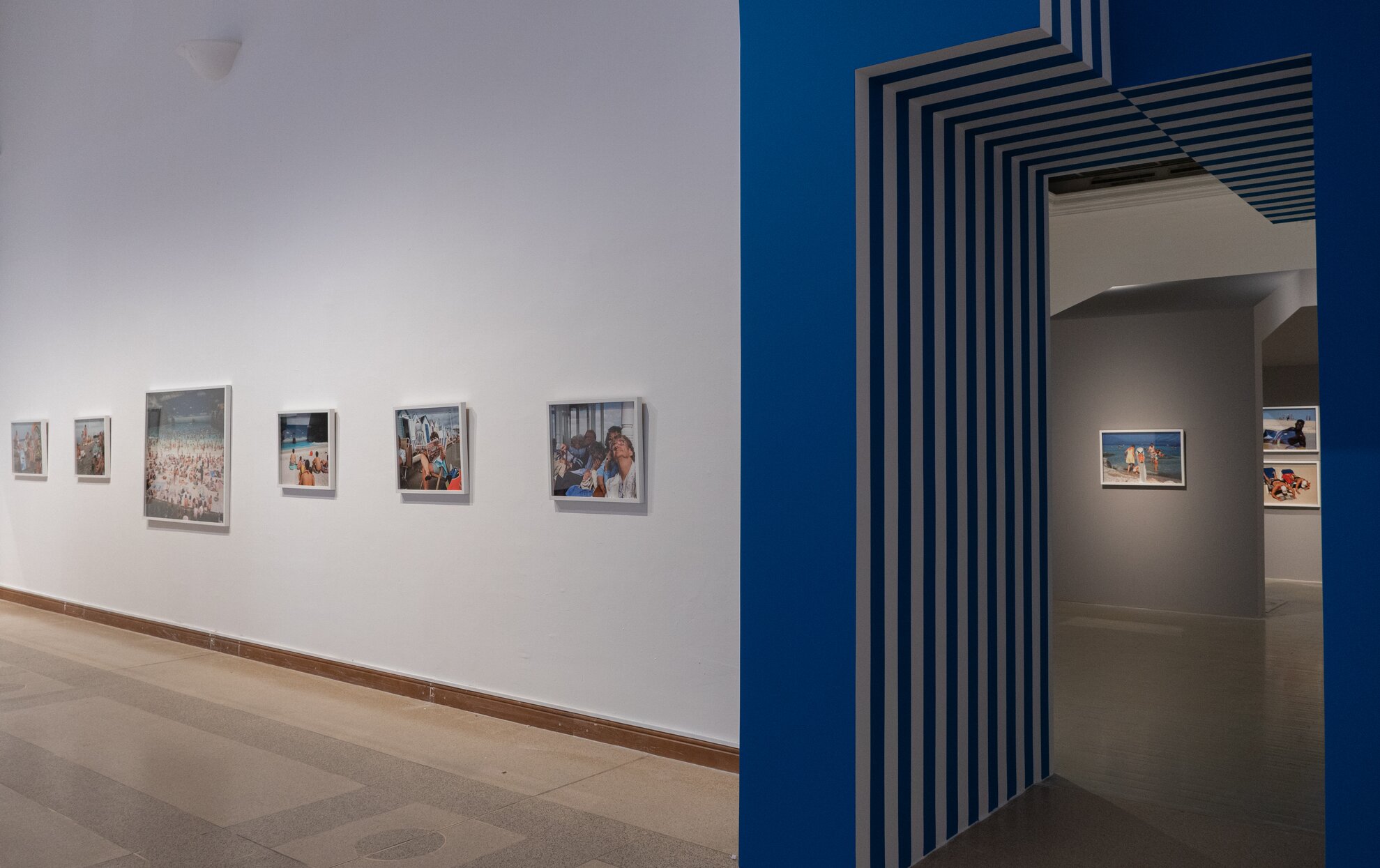
First focusing on rural communities in Yorkshire and Ireland, Parr hit the spot when he spent three summers at New Brighton, a run-down pre-war holiday destination just outside Liverpool.
“The Last Resort launched my career and is still my best-known work,” says Parr, looking back on a project synonymous with his name. Partly inspired by the colour-saturated picture postcards of the 1960s – as a student photographer, Parr had work experience on holiday camps – this series set the tone for the next 40 years.
All things bright and beautiful
“I always try to make my images really bright and colourful, using a flash. It seems to have worked.”
Armed with a lighter, more compact Plaubel Makina camera and his flash popping off at all times during the day, Parr could hone in on detail. At the time, during Britain’s economic downturn of the 1980s, many considered Parr’s pioneering seaside imagery as an indictment of how the country was being run.
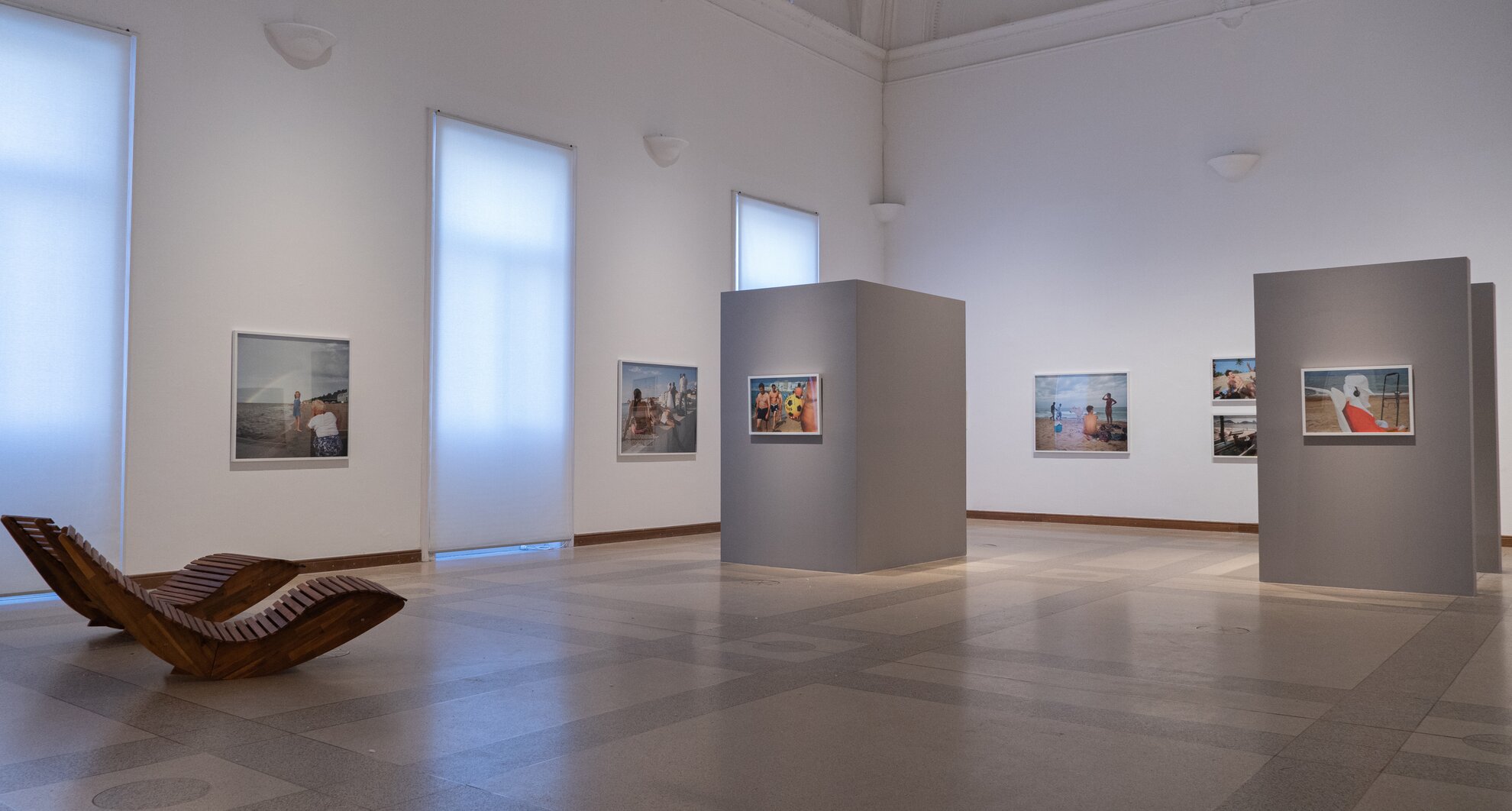
“There’s no real message behind them,” says Parr. “If they’re looking for any message, they won’t find one. I just try to make my pictures as entertaining as possible.”
Human interaction, particularly when on holiday, then became Parr’s leitmotif. “The leisure pursuits of the Western world, I suppose you could call them,” he says.
His work resonated further, however, with shows from Almaty to Zambia. Parr became a sought-after voice in photography, invited to conferences and granted professorships. In 1994, he joined Magnum, the prestigious agency set up by legendary Hungarian photographer Robert Capa and his colleagues as a co-operative in 1947. For more than three years, Parr was its president.
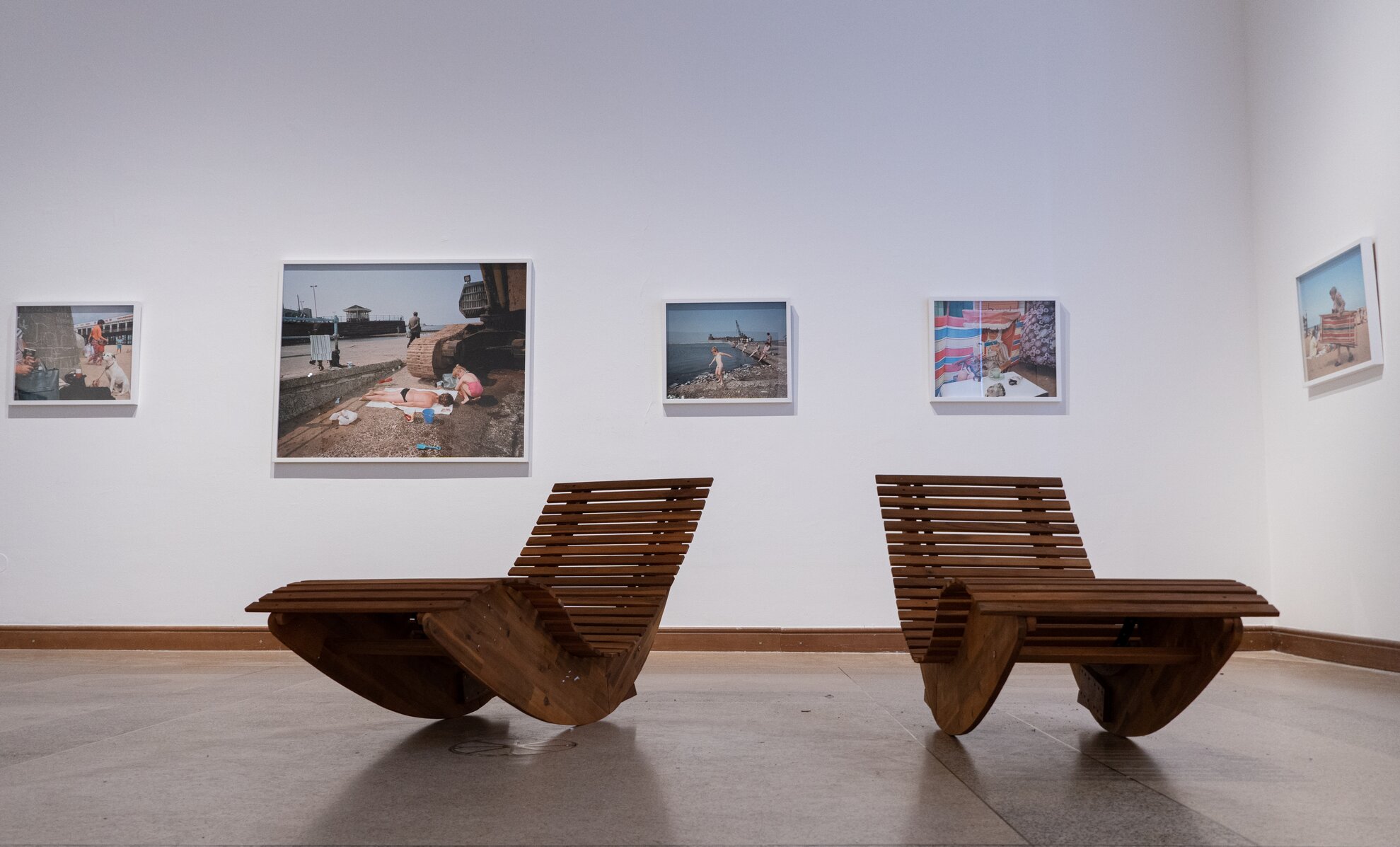
Soon afterwards, in 2017, he opened his own foundation in Bristol. “It keeps me busy,” he says in understated fashion, of an institution that stages five exhibitions a year, many talks, workshops and festivals. Most of all, supports ‘emerging, established and overlooked photographers’ whose work focuses on Britain and Ireland.
“We’re just across the road from the Royal Photographic Society, and we share the same audience.” It’s a major operation – the foundation employs ten full- and part-time staff, and contains a library and Parr’s archive, although he sold his own significant collection of photographic albums to the Tate five years ago.
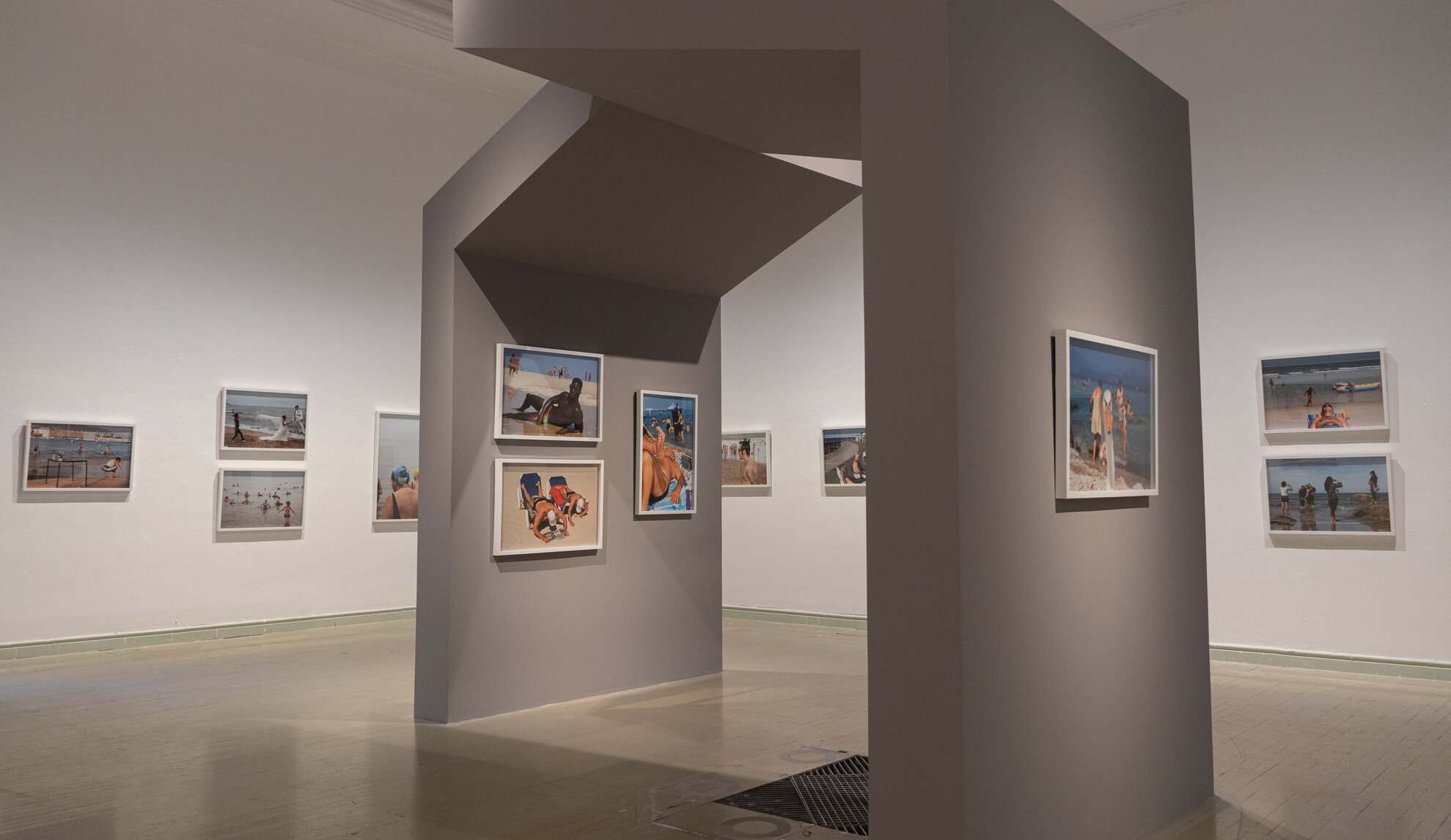
Now mainly based at home, Parr acknowledges that the concept of a similar foundation here in Hungary, with its long and illustrious photographic heritage, might be beneficial. “Of course, I know Capa and Kertész,” he says, “but I’m a bit out of the loop as far as emerging young Hungarian photographers are concerned”.
Budapest at the turn of the century
“I was last time I was in Budapest was in 1999. We came here for the millennium and we stayed at that lovely old-fashioned hotel, the Gellért. The next day, we visited the Széchenyi Baths – these are still some of my most famous images.”

With everyone taking pictures these days and posting on social media, Parr
has not been slow to embrace this global trend. His book Death by Selfie approaches the subject matter as yet another aspect of strange human behaviour when on holiday.
As he says in it, “The introduction of the smartphone and subsequently the selfie stick has changed the ritual of a touristic visit in a dramatic fashion. I could not ignore this phenomenon, which is celebrated in this small collection of images”.
Nevertheless, Parr has no regrets that he learned the hard way, with his Leica, roaming around the Yorkshire countryside. “You pick it up as you go along,” he says. “I try and give a sense of place. I’m quite happy with how it all worked out.”
Event information
Martin Parr: Life's a Beach
Műcsarnok
1146 Budapest, Dózsa György út 37
26 March-26 June
Open: Tue-Wed, Fri-Sun 10am-6pm, Thur noon-8pm
